

Stingless bees can be found in most tropical or subtropical regions of the world, such as Malaysia. All stingless bees build their nest in a closed structure such as hollow tree trunks or branches, and some in cavities in the ground.
The entrance of the nest is most often very small, so that it can be protected against other bees, phorid flies and ants. The yearly honey harvest from a stingless bee colony is most often between 200 grams to five kilograms. It depends on the species of bees, vegetation and handling.
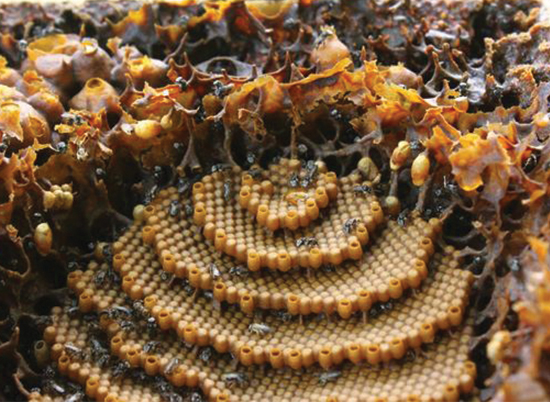
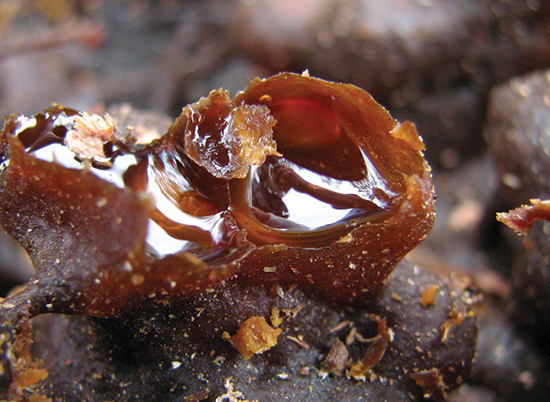
Stingless bee honey is popular for its distinct sweetness, mixed with an acidic taste, and fluid texture; it has higher added value than Apis mellifera honey. The taste comes from plant resins—which the bees use to build their hives and honey pots—and varies at different times of year depending on the flowers and trees visited.
The ripe honey from stingless bees has higher water content than honeybee honey. Therefore, it may also have a higher antibiotic activity to prevent fermentation. In laboratory tests, Stingless Bees honey had a higher bacteria inhibiting effect than honey from honeybees.
Giant honey bees (Apis dorsata) are the largest honey bee species. The Giant honey bee is very large (17–20 mm long) however their colour is quite similar to the European honey bee, with golden, black and pale bands on the abdomen and with a hairy thorax.
The Giant honey bee is widely distributed throughout south-east Asia, ranging from the Indian subcontinent, up to southern China and down throughout Indonesia and Malaysia. Unlike other honey bee species, colonies of giant honey bees can be highly clustered in a specific location, with some trees in Asia (i.e. Tualang Tree) containing multiple nests in a single tree, sometimes up to 50 nests.
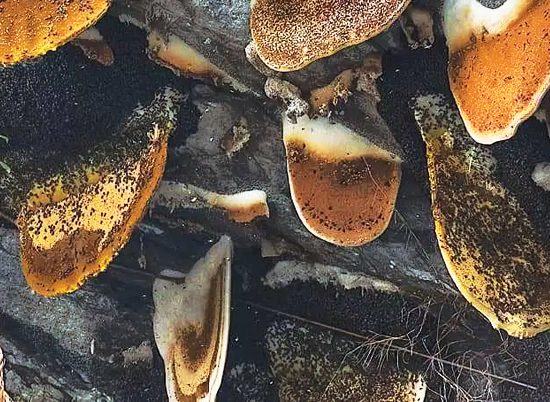
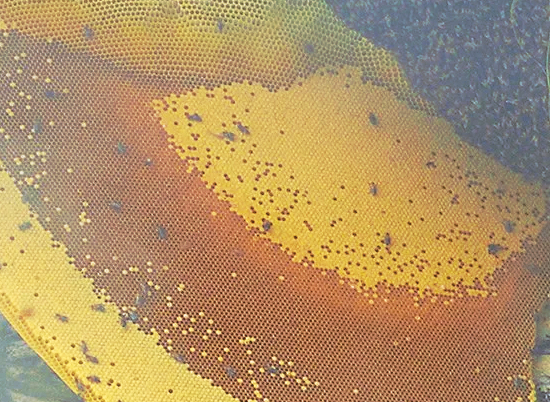
The nests of giant honey bees are large single combs which can measure up to 1.5 m in width and 1 m in depth. This large single comb can contain upwards of 60,000 bees. Its honey is one of the most expensive honeys in Malaysia.
Giant honey bee nests are usually built in exposed places far off the ground, sometimes 20–40 m high on thick branches of tree limbs, overhanging rocks or cliffs, or on buildings or other man-made structures.
Apis Mellifera is native to Europe, western Asia, and Africe. Apis mellifera queens usually live 2 – 3 years, but some have been known to last for 5 years. Honey bees collect flower nectar and convert it to honey, which is stored in the hive. The nectar, transported in the bees' stomachs, is converted with the addition of digestive enzymes and storage in a honey cell for partial dehydration. Workers typically only live for few weeks, and males live for 4 – 8 weeks at the most.

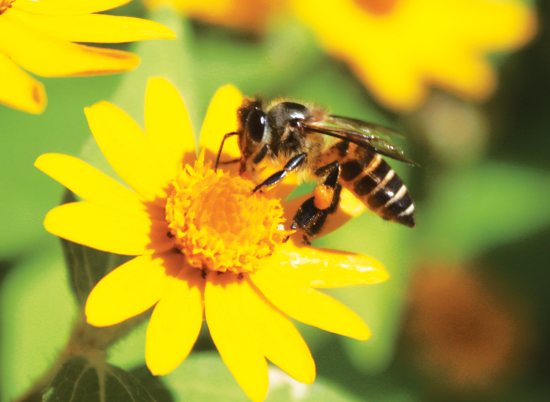
Honeybees are very important pollinators, and are the primary pollinator for many plants. Without honeybees, these plants have greatly reduced fertility. Honeybees pollinate billions of US dollars’ worth of commercial agricultural crops around the world every year. They are important pollinators for economically important wild plant populations as well. Honeybee hives provide honey, wax, pollen, propolis and royal jelly that are sold for medicines and cosmetics.
 + 6016 524 3734
+ 6016 524 3734 info@drbee.com.my
info@drbee.com.my www.drbee.com.my
www.drbee.com.my